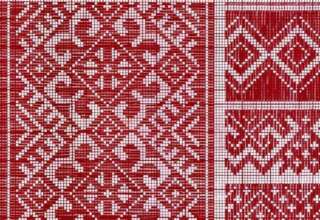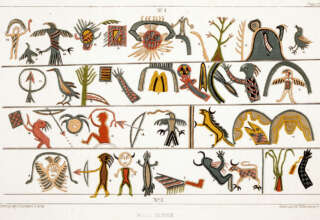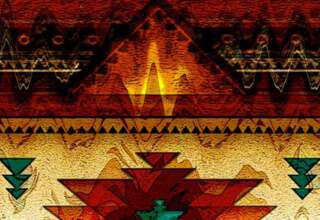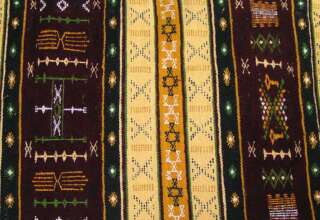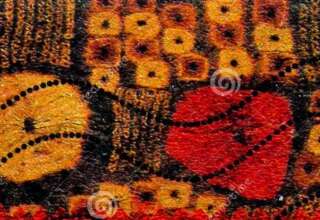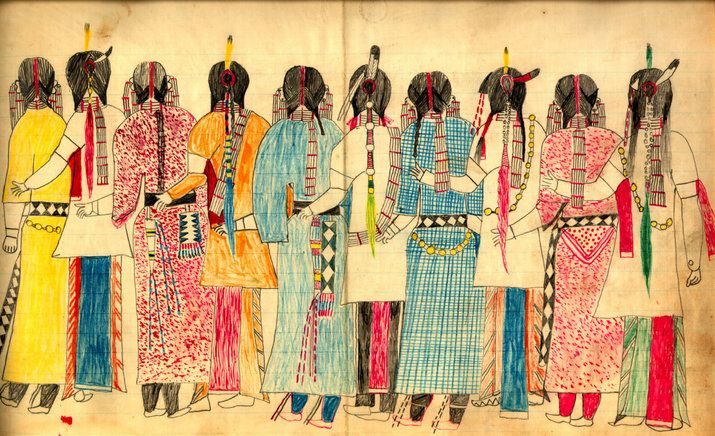
Although the Lakota beat Custer’s army, the Lakota and their allies did not get to enjoy their victory over the U.S. Army for long. The U.S. Congress authorized funds to expand the army by 2,500 men. The reinforced U.S. Army defeated the Lakota bands in a series of battles, finally ending the Great Sioux War in 1877. The Lakota were eventually confined to reservations, prevented from hunting buffalo beyond those territories, and forced to accept government food distribution. They were largely distributed amongst North and South Dakota, as well as other places around the United States.
In 1877, some of the Lakota bands signed a treaty that ceded the Black Hills to the United States; however, the nature of this treaty and its passage were controversial. The number of Lakota leaders who backed the treaty is highly disputed. Low-intensity conflicts continued in the Black Hills. Fourteen years later, Sitting Bull was killed at Standing Rock reservation on December 15, 1890. The U.S. Army attacked Spotted Elk (aka Bigfoot)’s Minicoujou band of Lakota on December 29, 1890, at Pine Ridge, killing 153 Lakota (tribal estimates are higher), including numerous women and children, in the Wounded Knee Massacre.
Governance
Legally and by treaty classified as a “domestic dependent nation” within the United States, the federally recognized Lakota tribes are represented locally by officials elected to councils for the several reservations and communities in the Dakotas, Minnesota, and Nebraska. These tribes have government-to-government relationships with the United States federal government, primarily through the Bureau of Indian Affairs in the Department of Interior.
As semi-autonomous political entities, tribal governments have certain rights to be independent of state laws. For instance, they may operate Indian gaming on their reservation based on the Indian Gaming Regulatory Act of 1988. They operate with the federal government. These relationships are negotiated and contested. Most Lakota tribal members are also citizens of the United States. They can vote in local, state/provincial and federal elections. They are represented at the state and national level by officials elected from the political districts of their respective states and Congressional Districts. Tribal members living both on and off the individual reservations are eligible to vote in periodic elections for that tribe. Each tribe has its own requirements for citizenship, as well its own constitution, bylaws, and elections. Most follow a multi-member tribal council model, with a chairman or president elected at-large, directly by the voters.
The Lakota are among tribal nations that have taken actions, participated in occupations, and proposed independence movements, particularly since the era of rising activism since the mid to late 20th century. They filed land claims against the federal government for what they defined as illegal taking of the Black Hills in the nineteenth century. In 1980, the Supreme Court ruled in their favor and decided in United States v. Sioux Nation of Indians to award US$122 million to eight bands of Sioux Indians as compensation for their Black Hills land claims. The Sioux refused the money, because accepting the settlement would legally terminate their demands for return of the Black Hills. The money remains in a Bureau of Indian Affairs account, accruing compound interest. As of 2011, the account has grown to over $1 billion.

